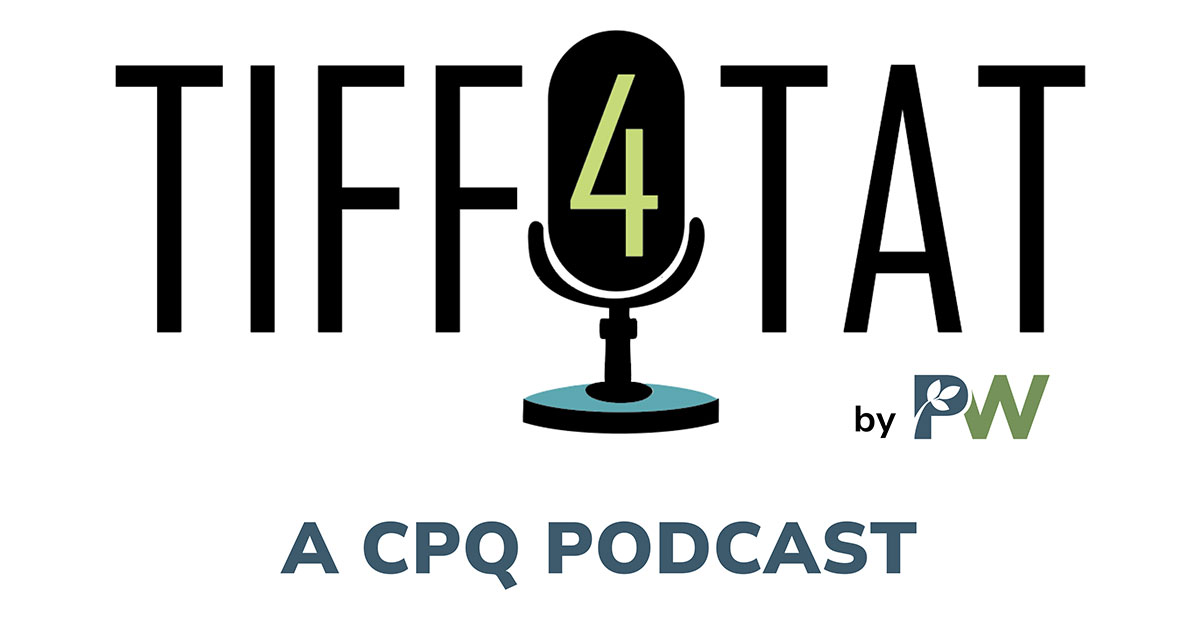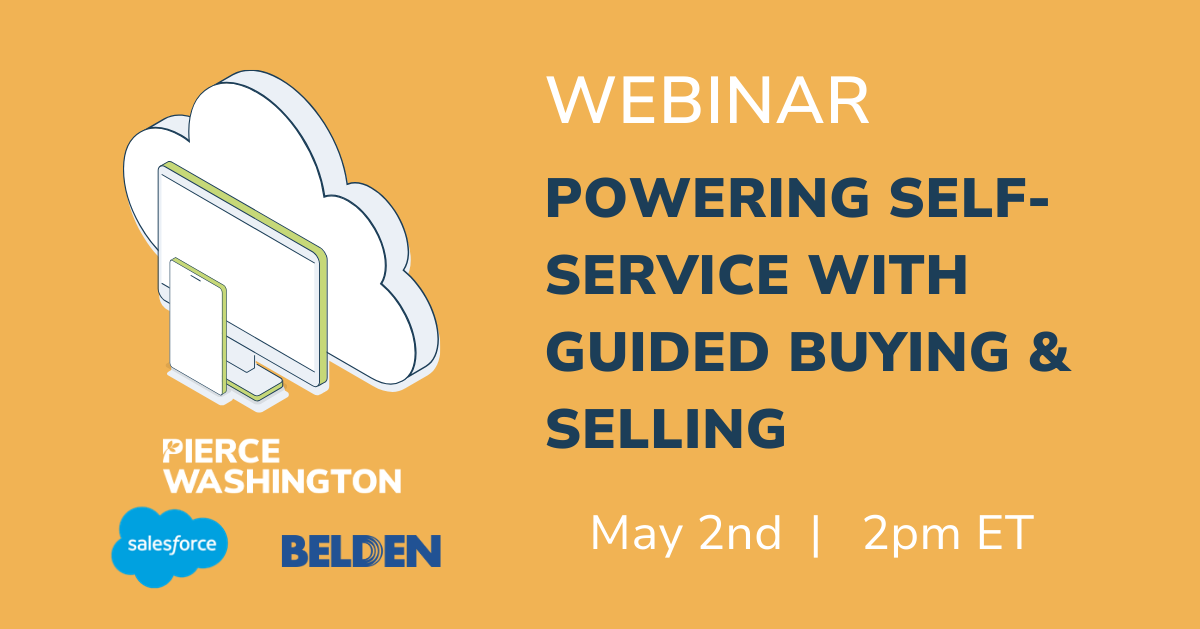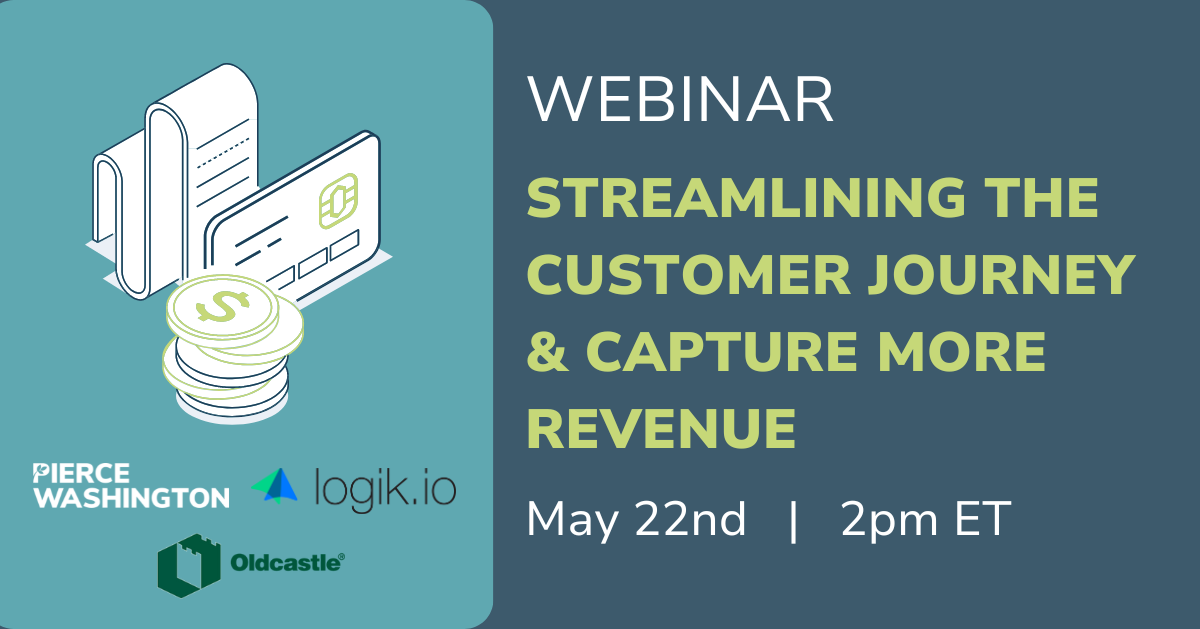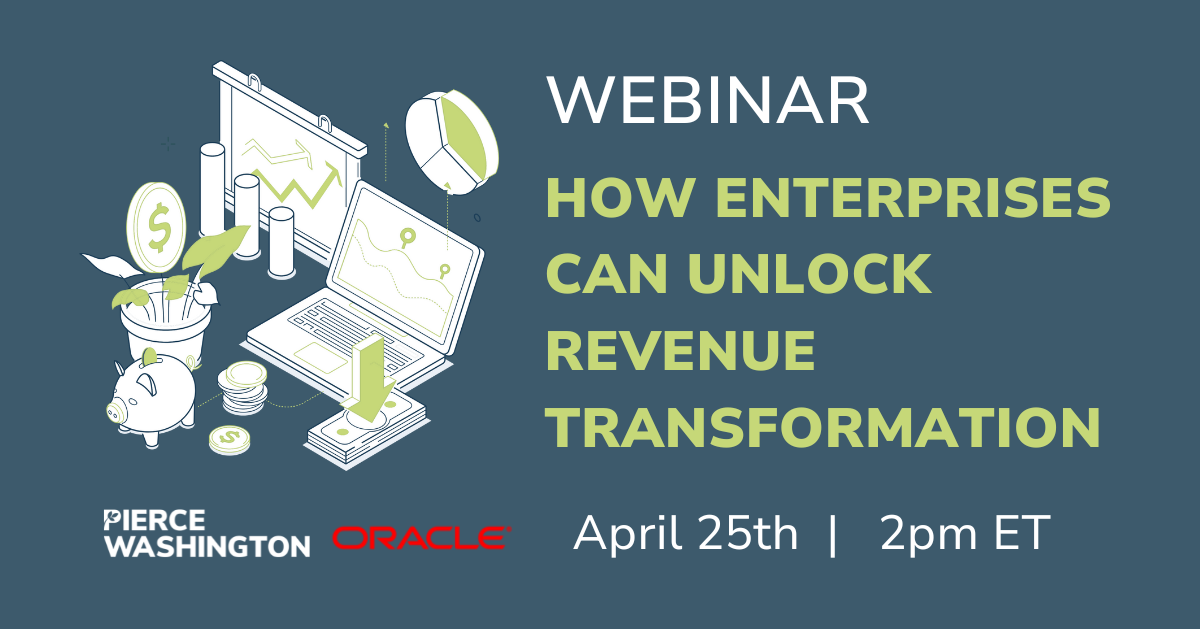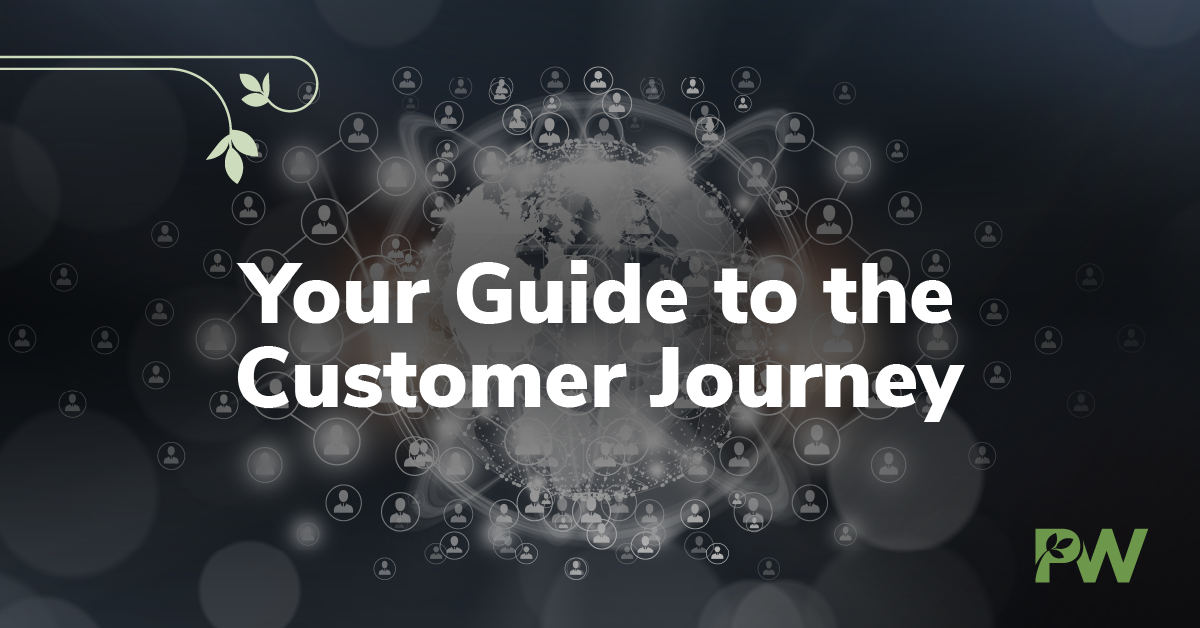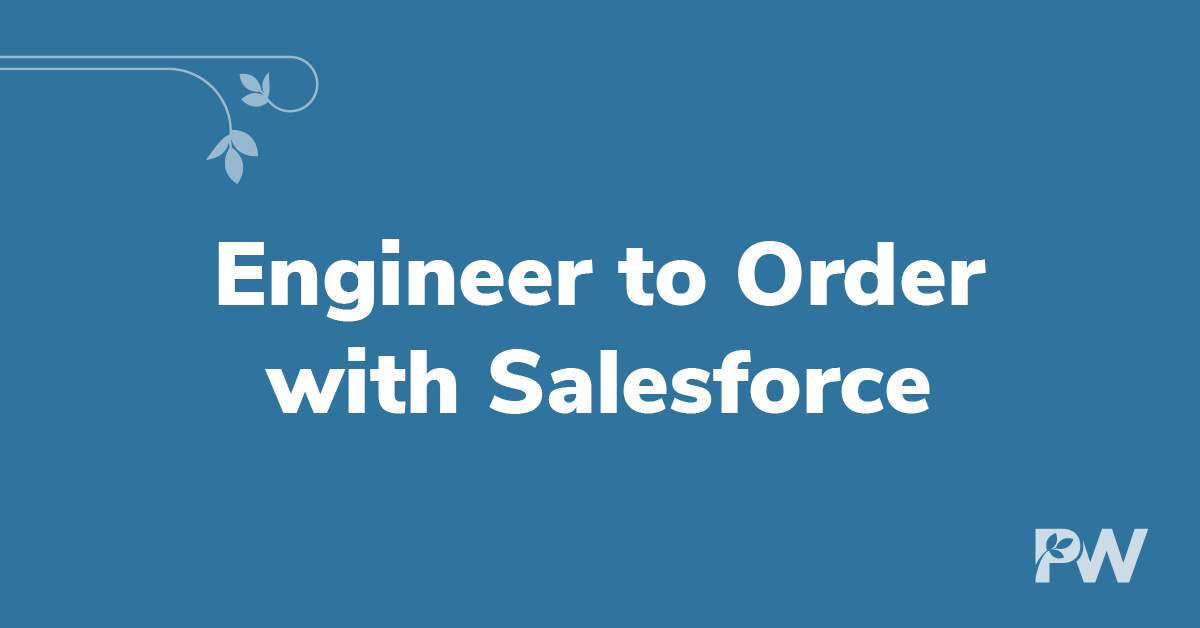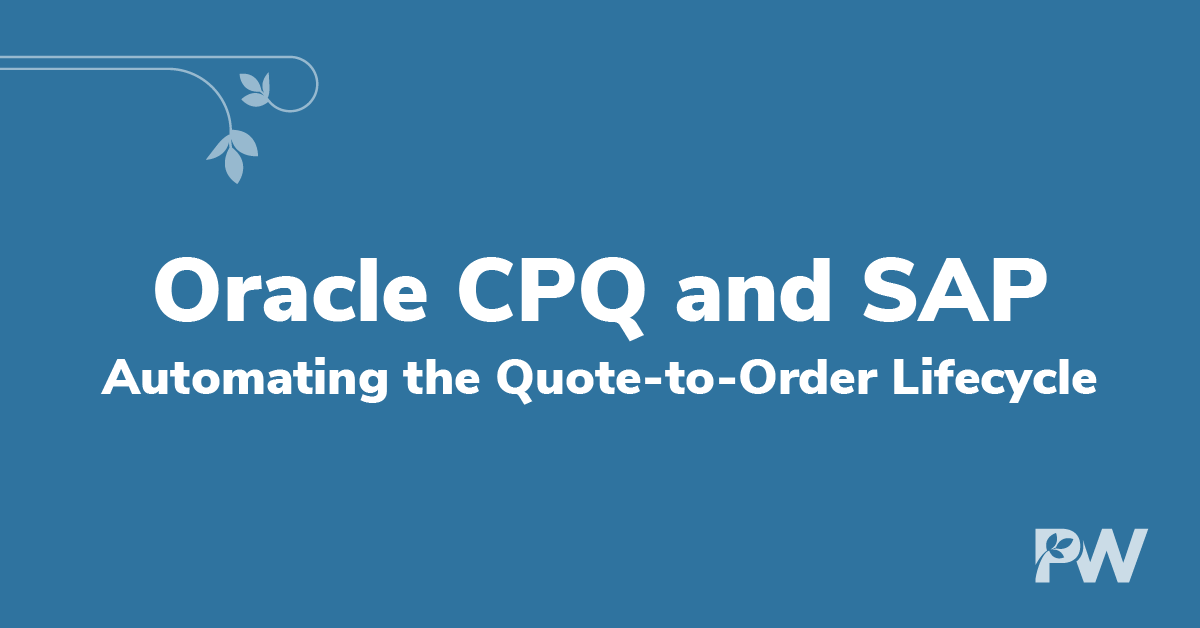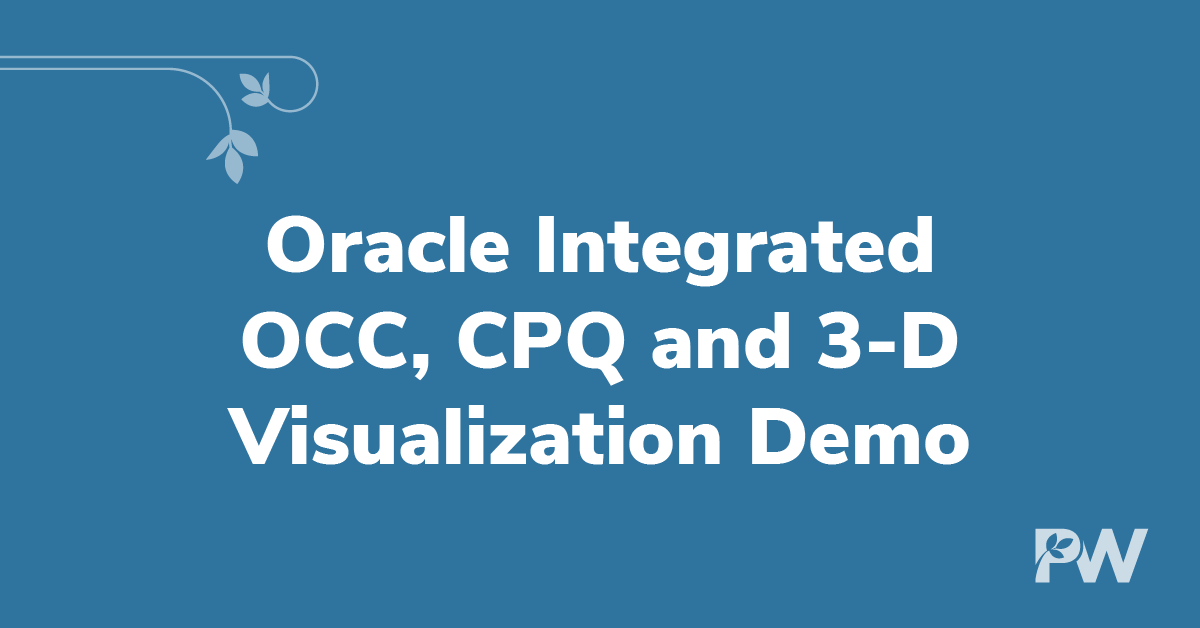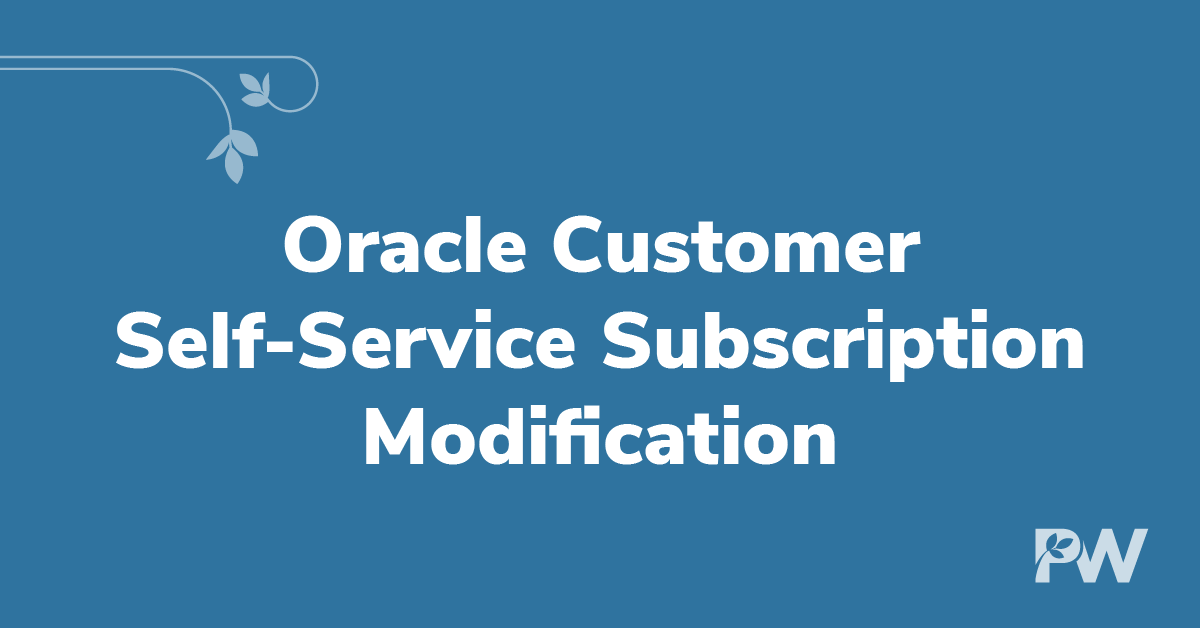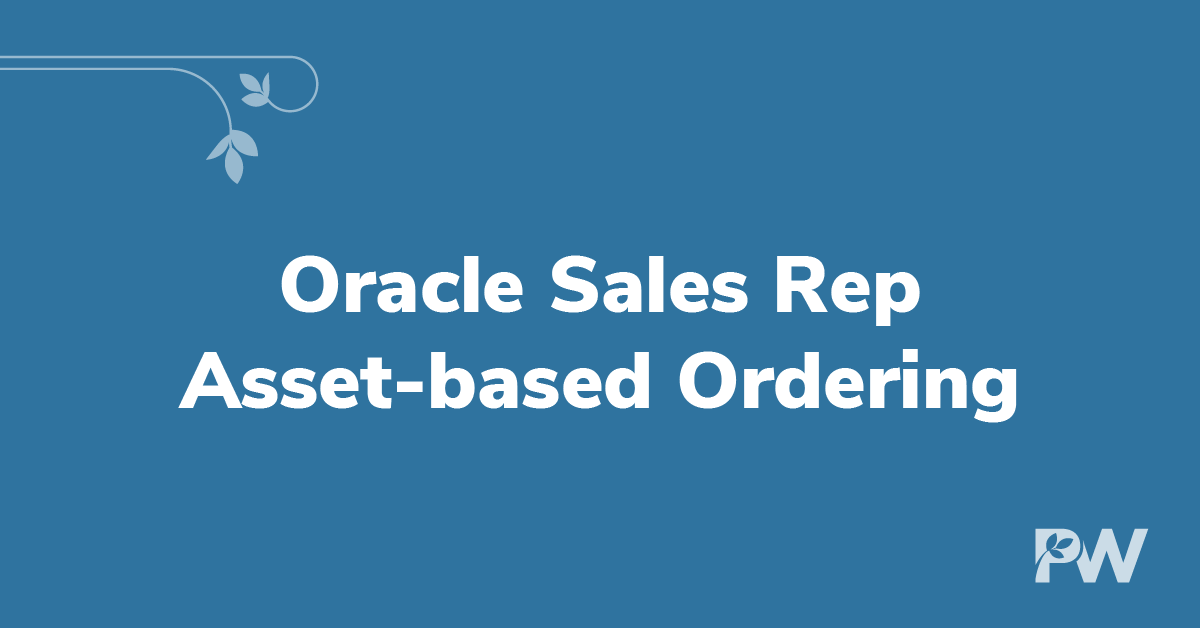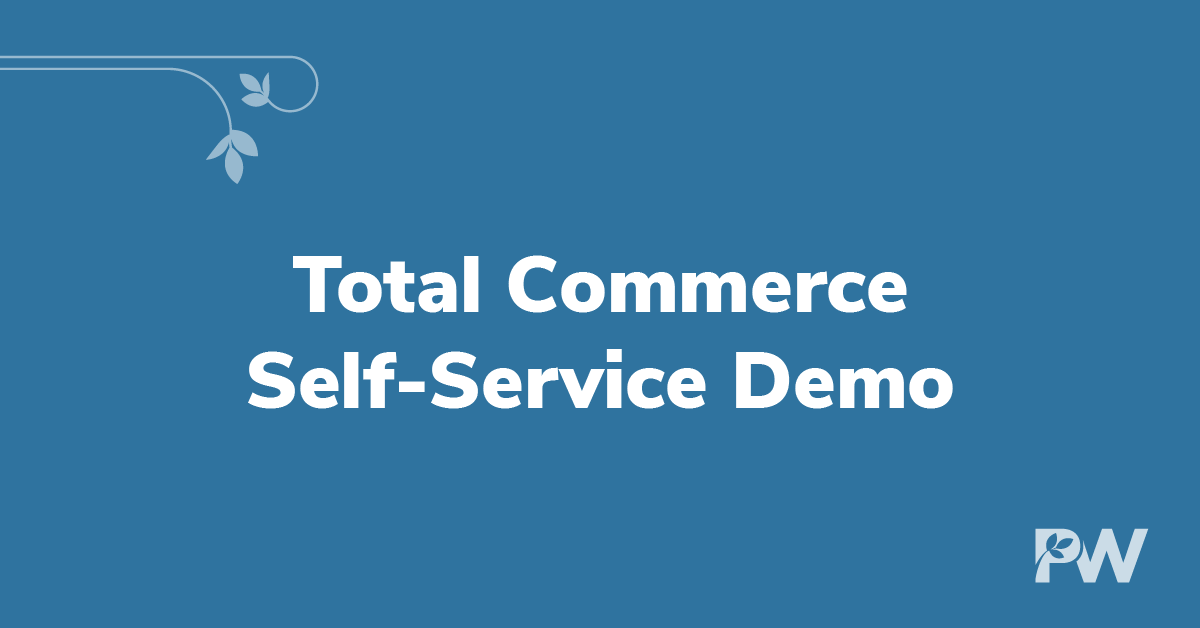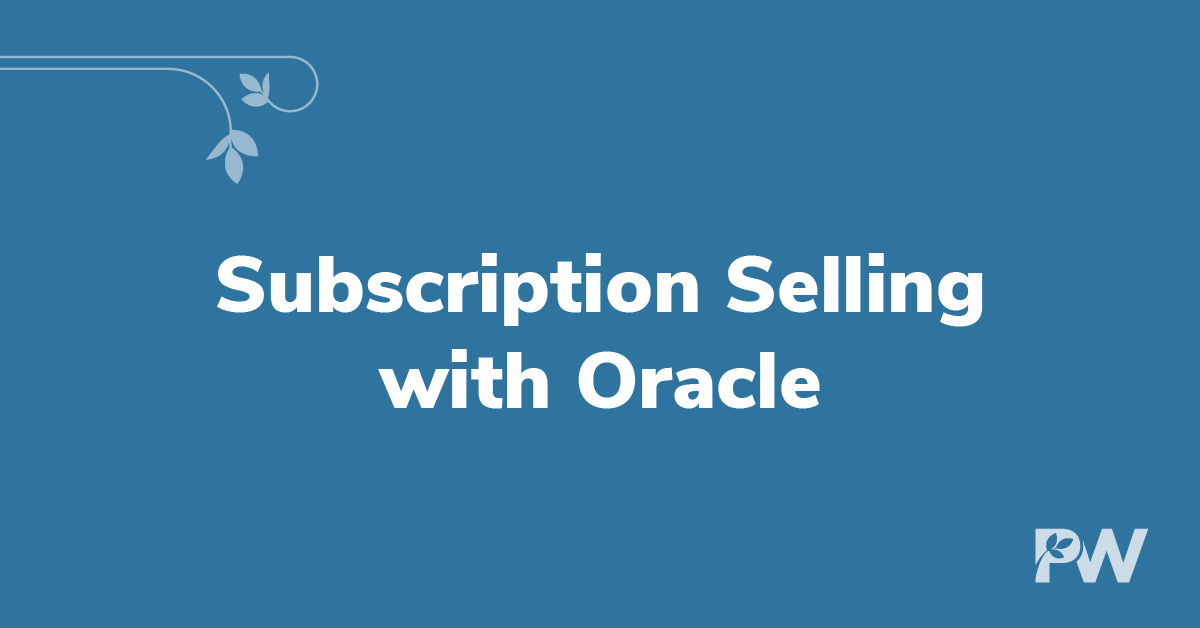CPQ & eCommerce Resources
Access brochures, whitepapers, videos, and more from Pierce Washington.

Key Things to Know Before Migrating to Salesforce Revenue Cloud Advanced
RCA Adoption: Delivering Value Faster for Manufacturers and Med-Device
Supercharge Your CPQ With pwBigTools
Tiff4Tat by PW: A CPQ Podcast
Revolutionize UX Across Channels with Salesforce Revenue Cloud
Powering Self-Service through Salesforce Guided Buying Webinar
Streamlining the Customer Journey with Logik.io Webinar
Unlocking Revenue Transformation
AI and Digital Transformation
Salesforce Lightning PRM Connector for Oracle CPQ
Visual Configuration for Sales and Service
10 Benefits of Salesforce CPQ
Voice of Leadership – Faris Yamini
Provide Your Organization with Expert Support with Managed Services
Deal Management Part 2
Voice of Leadership – Sagi Koborsi
Building a Digital Transformation with Advisory Services
6 Steps to Deliver Total Commerce
The Ultimate Guide to CPQ: Streamlining Your Sales Process
Voice of Leadership – Marc Murphy
Case Study – Goodrich
Voice of Leadership – John Carey
The B2B Guide to Subscription Selling Models
Total Commerce: Delivering Beyond Quote to Cash
Your Guide to The Customer Journey
3 Priceless Benefits of CPQ
Voice of Leadership – Ellen Daley
Voice of Leadership – Rob Watters
Growing Your Business With B2B Self-Service
Engineer To Order with Salesforce
Validated Sales Agreements with Salesforce
Oracle CPQ and SAP – Automating the Quote to Order Lifecycle
Oracle Integrated OCC, CPQ and 3-D Visualization Demo
Creating and Renewing Price Agreements with Oracle CPQ
Oracle Customer Self Service Subscription Modification
Oracle Sales Rep Asset-based Ordering (ABO/Renewal)
Total Commerce Self Service Demo
Subscription Selling with Oracle



